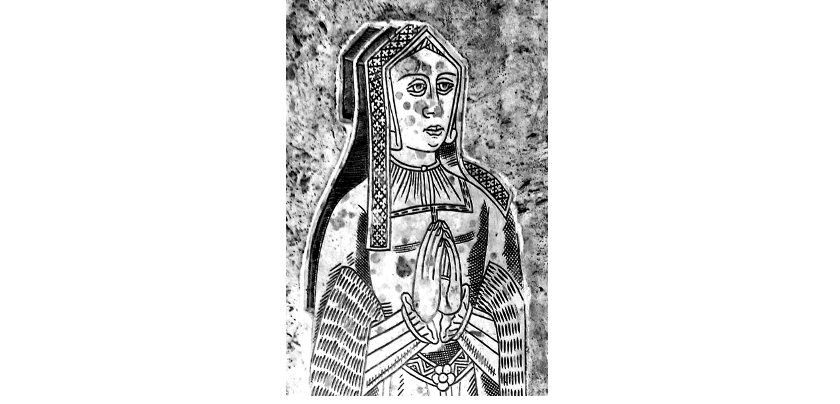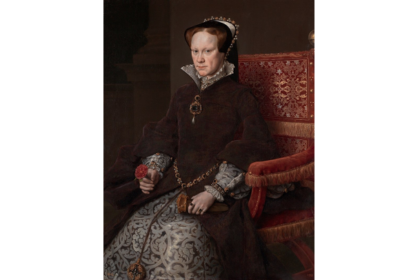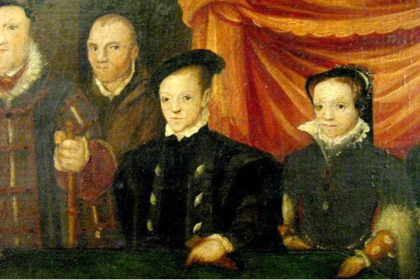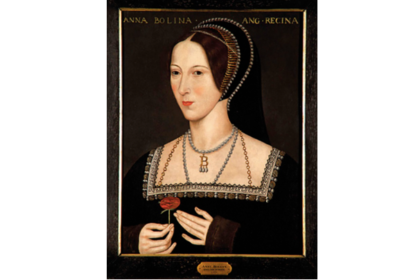Reading through pages of letters and documents written over 400 years ago is both a beautiful and terrible thing. You get all these little anecdotes and hints of interesting stories, but so often there is no way to uncover the full picture.
Recently, I was once again pouring through the Lisle Letters, one of the most important sources we have for Tudor history, as part of my research for my post on Jane Seymour’s fashion rules, which you can find here: https://tinyurl.com/2vszw5w8. I came across a most intriguing little detail, a mere two sentences at the end of a letter, that has had me eager to find out more.
‘Lady Sussex desires you to return her the ring she sent you with a wreath of gold, for it is the Queen of Hungary’s, “who would not lose it for a king’s ransom, but maketh much ado for it. The owner is kin to my lady Pawlet. Mrs. Polle knoweth who oweth it.”’

No research has been done into this ring and the many hands it passed through. In fact, I could only find one historian who has made reference to this quote, and then, only in passing.
So what was I able to find out?
It was written on the 17th September, 1537, by John Husee. Husee was the business agent of Viscount and Lady Lisle. He oversaw their English affairs whilst the Viscount was stationed in Calais. People who needed something from the Lisles would write to Husee, and he would either arrange matters himself, or pass the information on to his employers. The letter was addressed to Lady Lisle. Lady Lisle was born Honor Grenville. At this time, she was married to Arthur Plantagenet, the illegitimate son of Edward IV, who had been made Viscount Lisle by Henry VIII in 1523, and had been stationed as Lord Deputy of Calais since 1533. Lady Lisle was ambitious, and as I discussed in my post on Jane Seymour’s ladies-in-waiting, she had successfully attained, after much networking and gift-giving, a position for her daughter in Queen Jane’s household.
In the bulk of the letter, Husee discusses Lady Lisle’s daughters, their positions at court, and the assistance given to them by Lady Sussex and Lady Rutland. It is only at the very end of the letter, almost as an afterthought, that Husee includes the request for the ring.
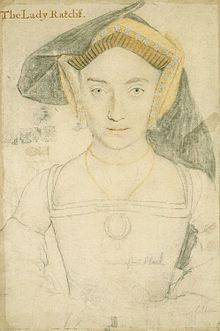
To us, it seems strange, rude even, to request the return of a gift; however, it was actually an accepted practice. Gift-giving was an important part of female relationships during the Tudor period. Rings were a very common gift; originally sent to authenticate the message, they became a token of affection, intimacy, and support. As with many aspects of female relationships, there is not a lot of explicit evidence to explain the precise mores and etiquette behind this practice, but we have many letters requesting or referencing the return of such gifts; we even have letters from Lady Lisle requesting the return of a token she had given someone. So we have no reason to think that Lady Lisle would have reacted to the request with anything other than aplomb.
The ‘Lady Sussex’ who was requesting the ring back was Mary Arundell, Countess of Sussex. She was a niece of Lady Lisle, and one of Lisle’s main contacts at court. She had married Robert Radcliffe, Earl of Sussex, on the 14th January, 1537, less than a year before this letter was written. She was one of the most senior ladies of Queen Jane’s court.
Next, we come to the Queen of Hungary. There are actually two women this title could refer to. The first was the then current Queen of Hungary, Anna of Bohemia. She was the wife of Ferdinand I. She had the blood-right to the throne, as the daughter of King Vladislaus II of Hungary. She held the title from 1526, after the death of her older brother, King Louis II.
The other candidate is King Louis II’s widow, Mary of Hungary, the dowager queen. Due to Ferdinand’s other responsibilities, she actually acted as Regent for several years after her husband’s death, before returning to Brussels, to act as the Governor of the Netherlands. In dispatches and correspondences she was still referred to as the Queen of Hungary. At the time this letter was sent, Mary was residing and presiding in Brussels.
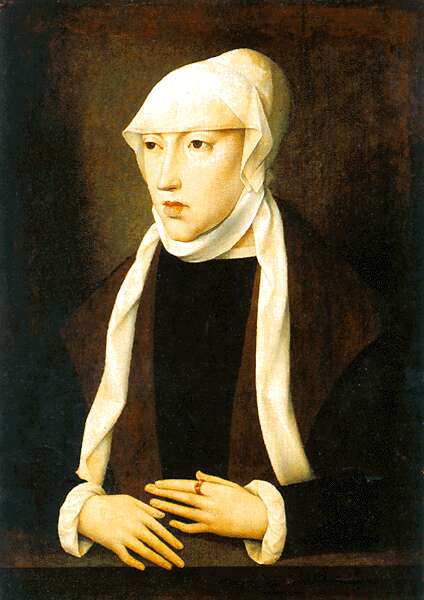
On balance, I believe it is Mary of Hungary who is being referred to in this letter. England had strong trade and diplomatic ties with Brussels and the Netherlands at this time, and there was a permanent ambassador in residence throughout most of this period, as well as envoys sent to meet with Mary of Hungary on specific missions. Anna of Bohemia, on the other hand, was in far-off Hungary, and whilst diplomats did travel from England to Hungary, it was on a much more infrequent basis. It is much more likely that Mary of Hungary formed a strong enough relationship with one of these diplomats to give them or their wife such a gift, than any such relationship forming from the sporadic encounters between Anna and English diplomats.
The ‘Lady Pawlet,’ whose relative was the original receiver of the ring from the Queen of Hungary was Elizabeth Capel, Lady Paulet, daughter of William Capel, wife of Sir William Paulet. In 1537, Sir William was Comptroller of the Royal Household, as well as Treasurer of the Royal Household. Whilst we cannot say for sure which ‘relative’ the letter is referring to, Sir William did travel across the Channel on several occasions. Though we have no evidence of a meeting between Sir William and Mary of Hungary, Sir William was part of an embassy to France in July 1533, and it is possible that he met with Mary of Hungary then, or on one of his other trips to the Continent. Of course, the ‘relative’ could be someone else entirely, which is just part of the intriguing mystery these letters present.
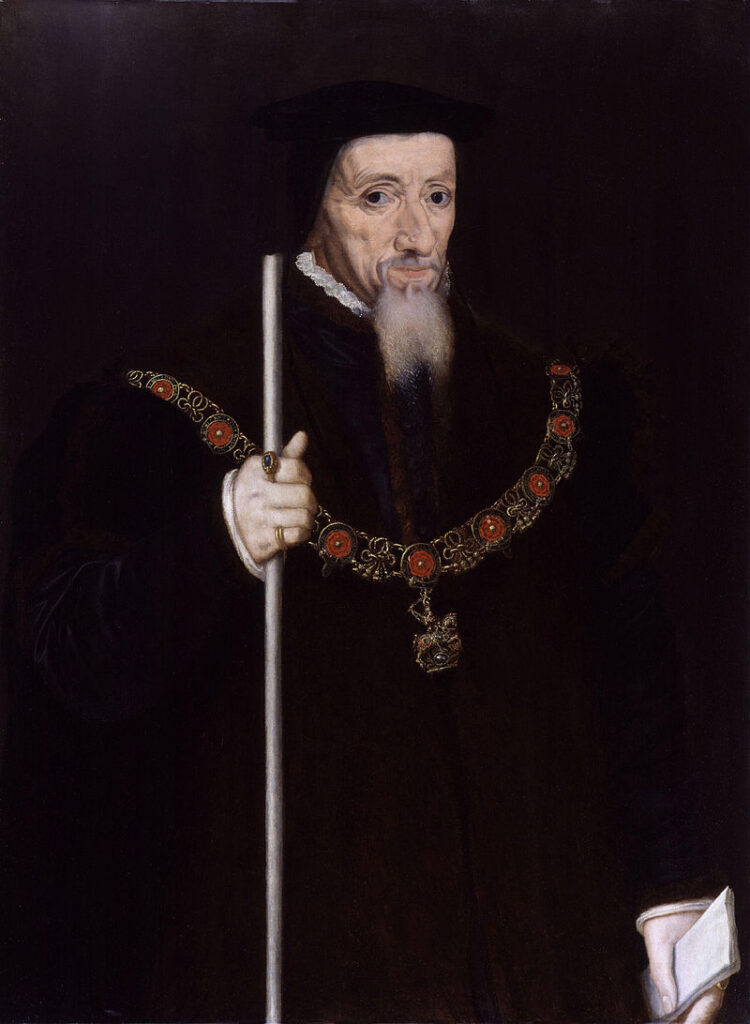
I wish we could ask ‘Mrs. Polle’ who apparently ‘knows who oweth it’. Unfortunately, it is unclear who Mrs. Polle is. Due to the lack of consistent spelling during this period, ‘Polle’ could be a rendering of ‘Pole,’ ‘Poole,’ or even ‘Pollen.’ It would certainly not be referring to Margaret Pole, who would be referred to by her title, either Countess of Salisbury or Lady Salisbury; in any case she had retired from court by this time. For now, the identity of this lady remains unknown.
So, to summarise what I’ve been able to deduce: Mary of Hungary gifted the ring to a relative of Elizabeth Capel, Lady Paulet, possibly her husband, Sir William Paulet. The ring was then given to Mary Arundell, Countess of Sussex. Mary Arundell then sent the ring to her aunt, Lady Lisle. She later contacted Lady Lisle’s business agent, John Husee, to request the ring back. John Husee wrote to Lady Lisle with her niece’s request. Whether the request was fulfilled, we do not know. It is unlikely that there is any more evidence still extant about this ring, the circumstances, and the hands it passed through. It will simply have to remain a delightful mystery.

